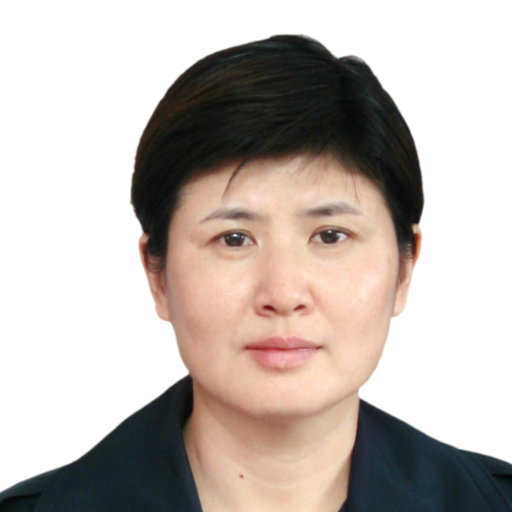

- NI DE YAN JING XIANG XING XING HOW TO
- NI DE YAN JING XIANG XING XING FULL
- NI DE YAN JING XIANG XING XING SERIES
Xiang is a Fellow of the Acoustical Society of America, and a Fellow of the Institute of Acoustics, United Kingdom. He received his undergraduate education studying communication engineering from Tianjin University in Tianjin, China and later received a doctorate in engineering after studying acoustics and communication engineering under Jens Blauert from Ruhr-University Bochum, Germany. Xiang was born in Tianjin, China to Xiang Yang, a high school principal. He is an expert in architectural acoustics, and received the Wallace Clement Sabine Medal from the Acoustical Society of America in 2014. In 2017 he edited Architectural Acoustics Handbook (J. He authored a textbook, Acoustics for Engineers, (Springer) with Jens Blauert, and edited Acoustics, Information, and Communication (Springer) with Gerhard Sessler, a memorial volume in honor of Manfred R.
NI DE YAN JING XIANG XING XING FULL
He is now Director and full professor of the Graduate Program in Architectural Acoustics at Rensselaer Polytechnic Institute. Ning Xiang ( Chinese: 向宁) is a Chinese-American acoustical physicist, former Research Engineer of HEAD acoustics, and former Research Scientist of Fraunhofer Institut fuer Bauphysik, and of National Center for Physical Acoustics (NCPA). National Center for Physical Acoustics (NCPA), University of Mississippiīy Leo Beranek, Manfred R. HEAD acoustics GmbH, Herzogenrath, Germanyįraunhofer Institut fuer Bauphysik, Stuttgart Germany For example, the syllable "ma" can have four different meanings depending on the tone used: "mā" (妈) means "mother", "má" (麻) means "hemp", "mǎ" (马) means "horse", "mà" (骂) means "scold", and "ma" (吗) is a particle that turns a statement into a yes or no question.Architectural Acoustics, and Signal Processing in Acoustics Pinyin uses accent marks to indicate the correct tone for each word.

the tone), so it is important to use the correct tone when speaking Mandarin Chinese. The meaning of a word in Chinese isn't just dependent on the syllabic pronunciation but also on the vocal pitch and inflection (a.k.a. mā), the rising tone (má), the falling then rising tone (mǎ), the falling tone (mà), and the neutral tone (ma). There are five tones in Mandarin Chinese: the flat or level tone (e.g.
NI DE YAN JING XIANG XING XING SERIES
We created this series of video lessons with clear explanations and helpful demonstrations for each of the tones, and we think it's the best way to learn and master them. Combined with our Tone Pairs practice tool, you now have everything you need to master pinyin, tones, and Chinese pronunciation.Ĭhinese tones refer to the different pitches and inflections used to pronounce words in Mandarin Chinese. We've also created a series of video lessons (below) with practice tools that enable you to record yourself and listen back to it to ensure your pronunciation matches the examples.
NI DE YAN JING XIANG XING XING HOW TO
And even better, if you know English you should already know how to correctly pronounce over half of those sounds without any coaching! As for the rest, that's what we're here for! We've built this interactive pinyin chart (above) with demonstrations for how to correctly pronounce every possible sound in the Chinese language. Once you master these 409 sounds along with the tones, you'll have practically mastered the pronunciation of every single word in the Chinese language. So even if you don't know Chinese characters, you can type in pinyin and Chinese people will understand.Įvery single sound that exists in Chinese can be displayed easily in a pinyin chart like the one above. Actually, all native Chinese speakers know pinyin - it's the first thing Chinese children learn at school before learning characters.

Plus, it's not just for Chinese learners like yourself. Pinyin is an extremely useful tool and should be the foundation of your Chinese learning. It's the most commonly used system for transcribing or or spelling out the Chinese sounds, and it uses the letters in the Latin alphabet that you are already familiar with.

The word pīnyīn (拼音) in Chinese literally means "spell-sounds". Sign up to check all videos What is Pinyin?


 0 kommentar(er)
0 kommentar(er)
